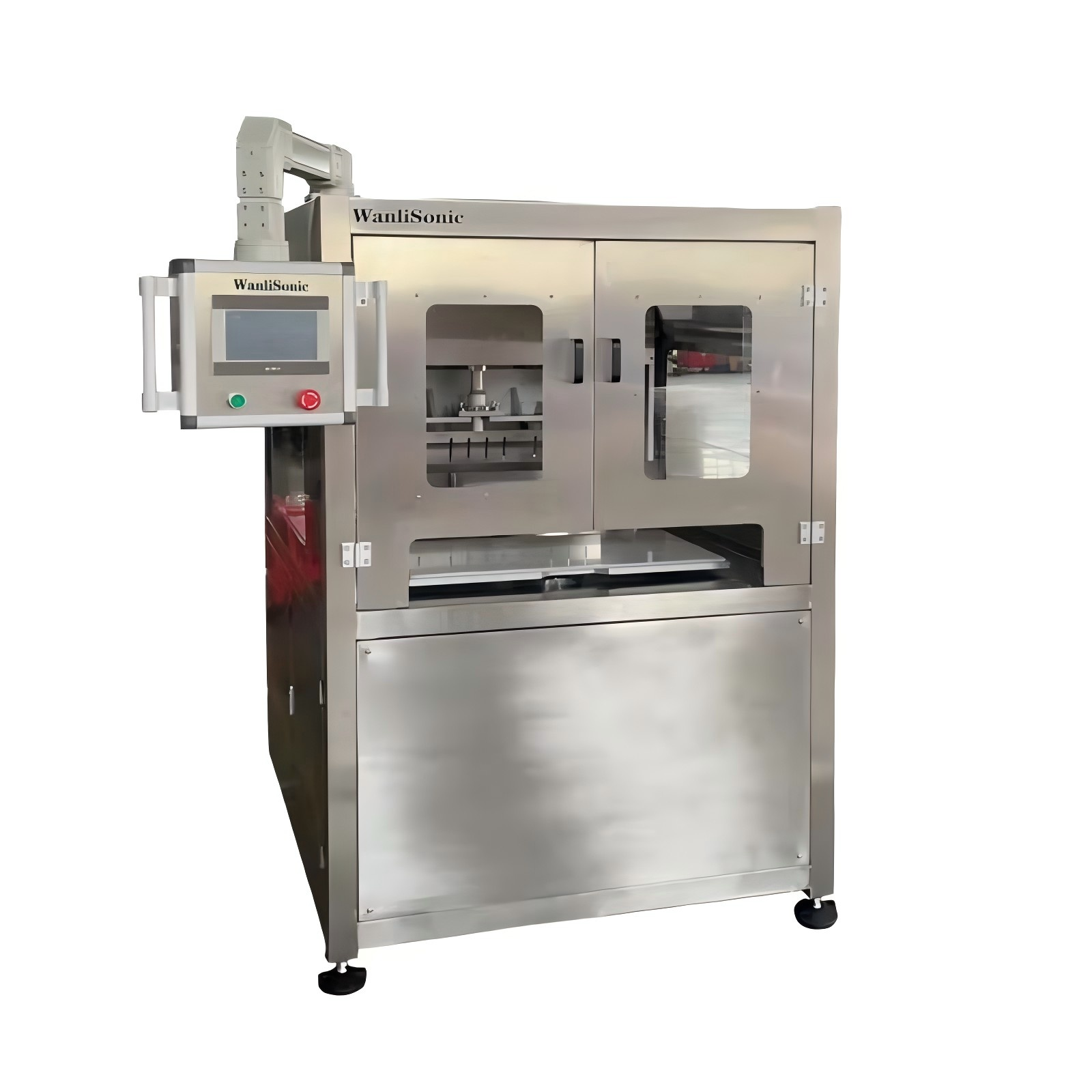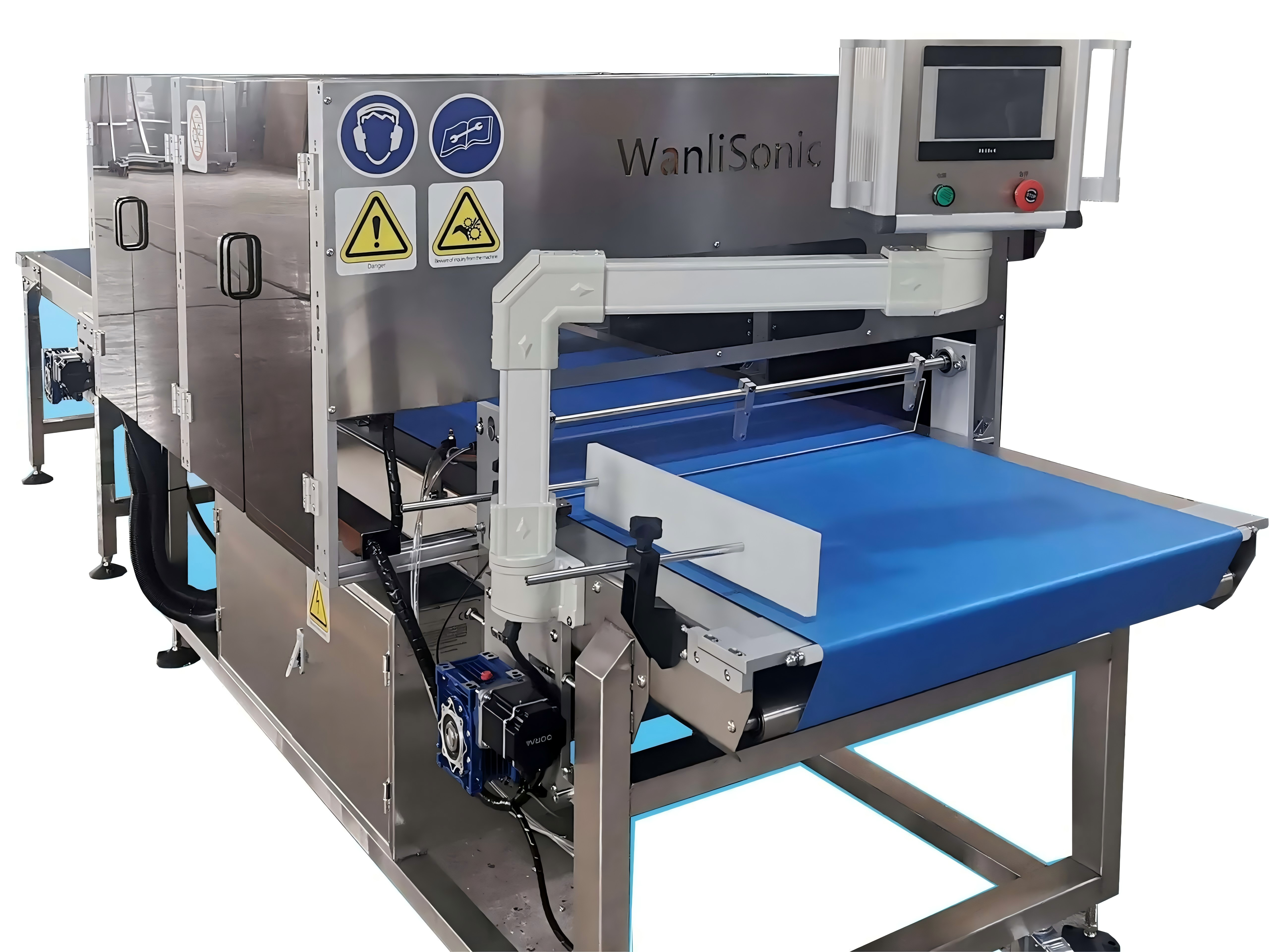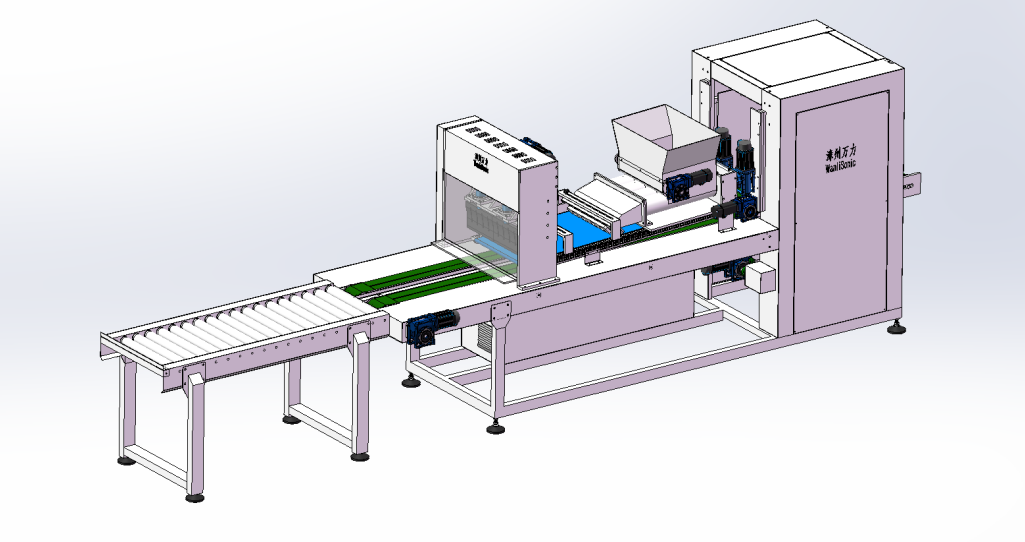In the cutting process, we often encounter many problems, such as the accuracy of cutting, the stability of the physical properties of the final product, the smoothness of the cutting surface, the difficulty of separating the cutter from the material, and the separation of the cutter surface and the material during separation The amount of residual materials in hard devices. When the characteristics of the materials are not clear, it is difficult for us to meet the above requirements.
For example, for materials with high hardness, strong brittleness, and strong viscosity, the traditional cutting method is difficult to complete. As the uncertainty of product materials increases, the difficulty of cutting work becomes more and more difficult. Ultrasonic food cutting is an optimization of traditional cutting. Ultrasonic food slitting not only increases the cutting speed, but also makes great progress in improving the structure, shape and performance of food.
Although for most products, ultrasonic food cutting can reduce the cutting force required for the cutting process, but for some products, the material is also considered. Usually the cutting factor is between 0.1-1.0. If you study the macro structure and mechanical properties of food in the cutting process, consider the types of materials for cutting food. Therefore, distinguish the following three types of materials.
1. For uniform and dense materials, such as high-fat foods, cheese, etc. These foods are characterized by a non-porous and compact structure. In the traditional cutting process, a lot of friction is often generated, and the magnitude of the friction is related to the viscosity of the material. Ultrasonic cutting can reduce the interaction force between the cutter and the material during the cutting process, thereby avoiding plastic deformation. On the other hand, the energy consumption of this compact and non-porous structure during the cutting process also increases significantly.
2. For porous foods, such as bread, cakes, marshmallows and other foods with similar structures, their common feature is a multi-hole sponge-like structure. Moreover, it is very easy to be compressed and deformed. If the traditional cutting tool is used, it can only reach part of the crack. If it is further cut, it will be twisted or broken. But if you use ultrasonic cutting, you will achieve good results. Because ultrasonic cutting can reduce the friction generated during the cutting process, the cutting work can be completed with a small cutting force. Finally, a neat and smooth cutting surface is achieved. Compared with the cutting of dense materials, the impact of friction on the cutting process during the cutting of porous materials is relatively small. Because the actual contact area between the cutter and the material during cutting is much smaller than the geometric area of the material. In addition, in the process of the tool entering the material, the porous material requires more energy than the dense material.
3. The animal and plant tissues are all cell-shaped, with different sizes or compositions. Due to the formation of a lubricating film and its high water content, the friction resistance is not important during cutting. The rigidity of rigid materials determines the cutting force. For most plant tissues, the required cutting force is significantly reduced by ultrasonic excitation. But for tough filamentary structures (such as meat tissue), some problems may arise. This requires frosting, pre-stressing or cooking to properly cure the structure. With these treatments, the purpose of reducing cutting resistance can be achieved.



